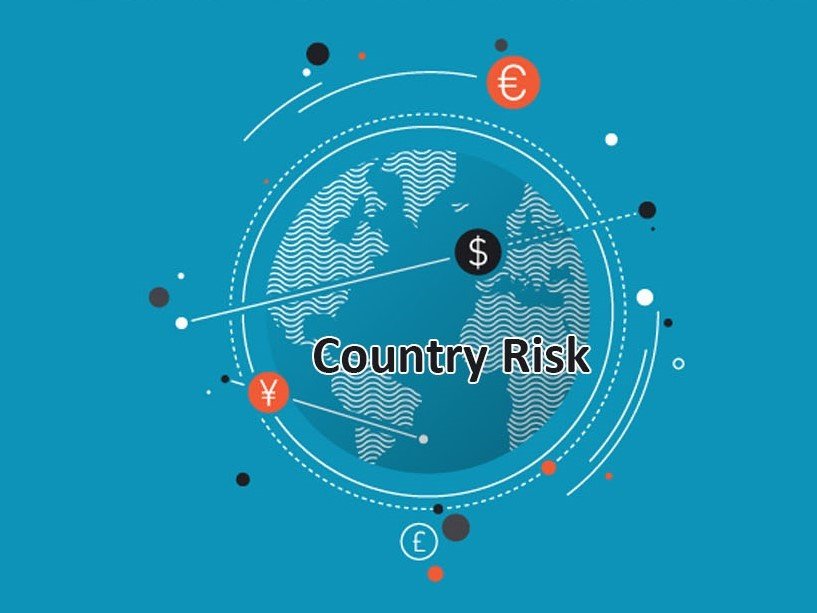Credit risk refers to the probability that a loss due to the bankruptcy of a borrower will not repay the loan or meet its debts.
credit risk definition
Definition of credit risk
Credit risk refers to the probability that a loss due to the bankruptcy of a borrower will not repay the loan or meet its debts. In other words, it refers to the possibility that the lender or creditor will not receive the principal and interest of the debt, leading to a disruption in cash flow and an increase in the cost of collection.
In addition, it also covers other similar risks, such as the risk that the issuer of the bond will not be able to make payment at the time of its maturity or the risk resulting from the inability of the insurance company to pay the loss. To mitigate credit risk, lenders generally use various credit monitoring techniques to assess the credibility of the potential borrower.
Credit risk is the possibility of loss resulting from the borrower’s non-repayment of a loan or failure to meet contractual obligations. higher cash flow and collection costs. Excess cash flows may be accrued to provide additional credit risk coverage. When a lender faces high credit risk, this can be mitigated by a higher coupon rate, which generates greater cash flow.
Although it is impossible to know exactly who will default, proper credit risk assessment and management can reduce the severity of a loss.
Types of credit risk
It can be broadly classified into three types: credit default risk, concentration risk and country risk. Now let’s look at each of them separately:

1 - Credit default risk
Credit default risk covers the type of loss the lender suffers or when the borrower is unable to repay the full amount or when the borrower already has 90 days from the debt repayment due date. This type of credit risk affects almost all financial transactions that rely on credit such as securities, bonds, loans or derivatives. Credit default risk is why all banks do a thorough credit check of their potential customers before approving their credit cards or personal loans.
2 - Concentration Risk
Concentration risk is the type of risk that arises from significant exposure to an individual or group because any adverse event can potentially inflict significant losses on the core operations of a Bank. Concentration risk is typically associated with significant exposure to a single company, industry or individual.


3 - Country Risk
Country risk is the type of risk you see when a sovereign state stops foreign currency obligation payments overnight, resulting in a default. Country risk is mainly affected by the macroeconomic performance of a country, while the political stability of a country also plays a key role. Country risk is also referred to as sovereign risk.
Advantages
- Robust credit risk management improves the ability to predict and predict, which helps measure potential risk in any transaction.
- Banks can use credit risk models to assess the level of loans that can be financed by potential or new borrowers.
- Can be used as an alternative to traditional pricing strategies and techniques and hedging options.
Disadvantages
- Although credit institutions have various quantitative techniques for measuring credit risk, they must resort to certain judgments because it is not yet possible to scientifically assess all risks.
- Good risk management can be very
- A myriad of credit risk models are available and as such it is difficult for lenders to decide which one to Usually, lenders use one of the models and take a one-size-fits-all approach, which is fundamentally wrong.
Conclusion
Most banks have improved their credit risk management by employing innovative technologies. These innovations have improved banks’ ability to measure, identify and control credit risk as part of the implementation of Basel III





